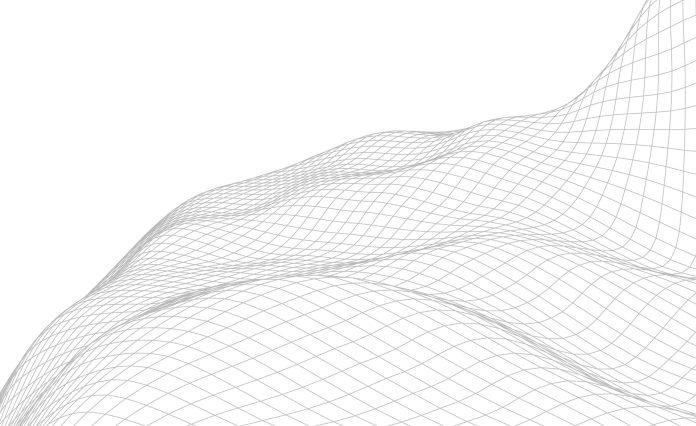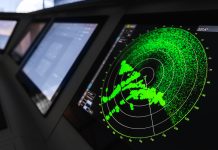Shape-shifting soft robots: MIT researchers have created a control algorithm that could revolutionise the field of soft robotics
This innovative technology could pave the way for shape-shifting robots capable of seamlessly navigating through complex environments, including inside the human body.
Shape-shifting soft robots and their ability to fit into their surroundings
Soft robots can alter their entire shape. This unique characteristic opens up a world of possibilities for applications in healthcare, wearable devices, and industrial systems.
Led by Boyuan Chen, an electrical engineering and computer science graduate student at MIT, the research team set out to tackle the challenge of controlling these shape-shifting robots.
Their solution was a cutting-edge control algorithm that autonomously learns how to move, stretch, and shape the robot to accomplish specific tasks.
Reinforcement learning
Unlike traditional methods that rely on predefined movements, the MIT algorithm uses a machine-learning approach known as reinforcement learning.
This technique allows the robot to learn through trial and error, receiving rewards for actions that bring it closer to its goal.
The key innovation lies in the algorithm’s ability to control groups of adjacent muscles that work together, rather than manipulating individual components.
By adopting a coarse-to-fine methodology, the algorithm explores the space of possible actions at a higher level before refining its approach to optimise performance.
Creating the DittoGym, the shape-shifting soft robot
To simplify this process, the researchers developed a simulation environment called DittoGym. This platform features eight challenging tasks designed to evaluate the robot’s dynamic shape-changing capabilities. From weaving through obstacles to mimicking letters of the alphabet.
“We have a stronger correlation between action points that are closer to each other, and I think that is key to making this work so well,” says Chen.
Central to the algorithm’s success is its ability to perceive the robot’s environment and predict actions based on 2D representations. This approach, similar to analysing images, enables the robot to navigate complex scenarios with better efficiency and accuracy.
It may be many years before shape-shifting robots are used in the real world, but this work lays the foundation for future advancements in soft robotics.











